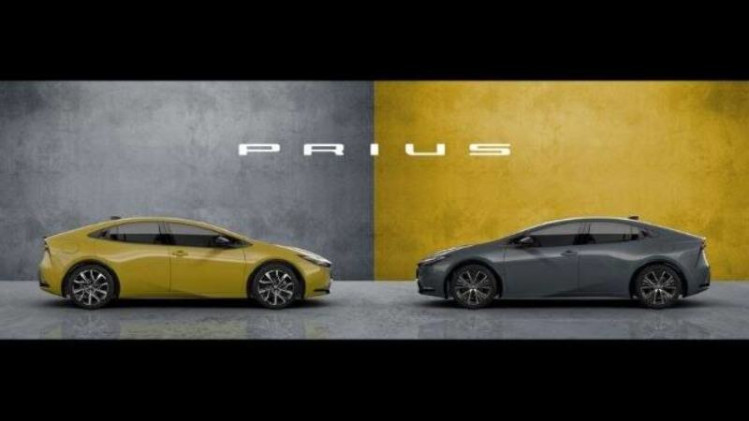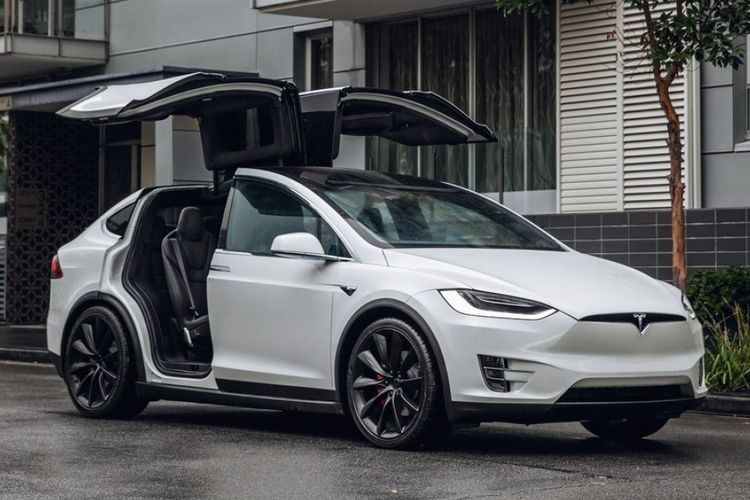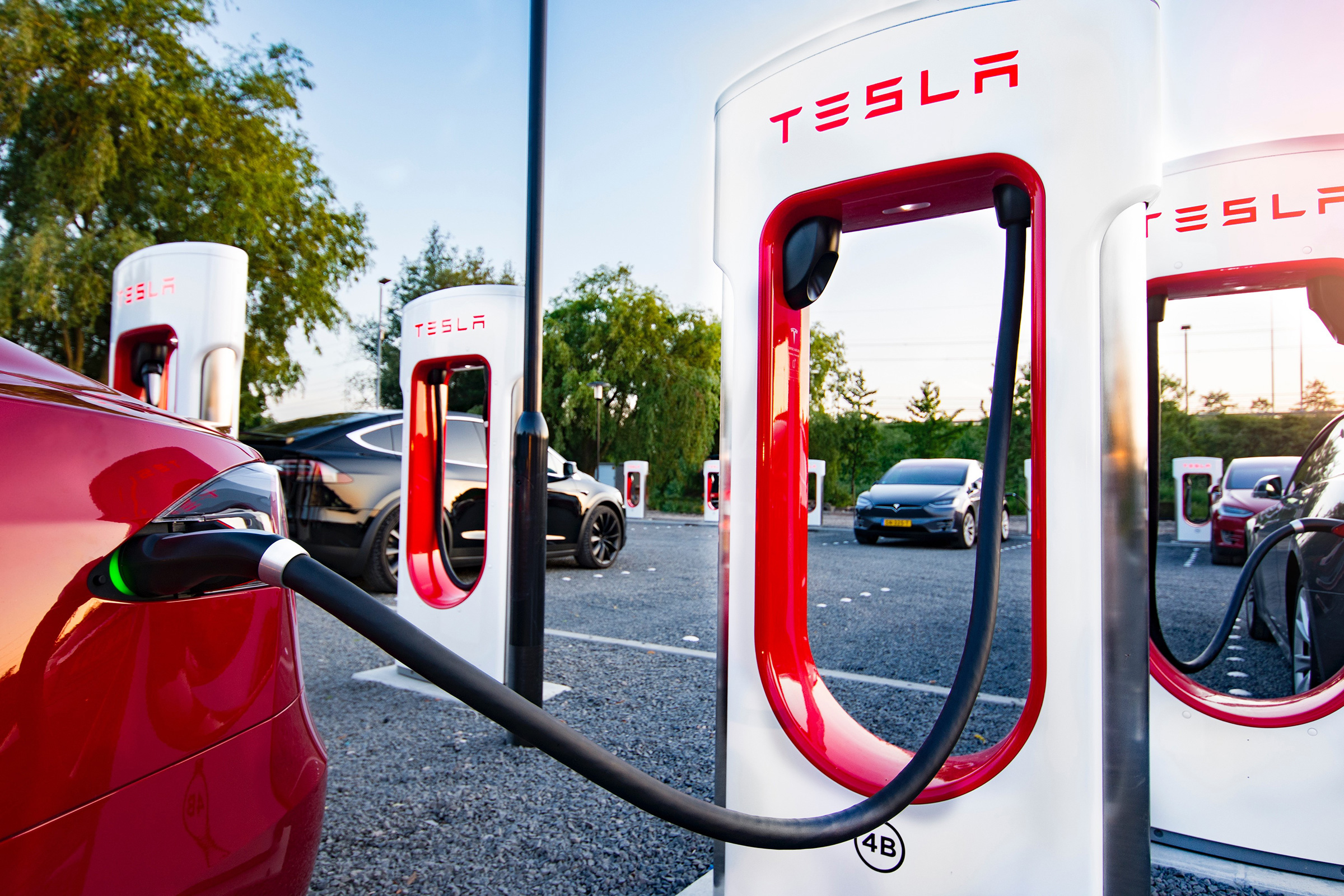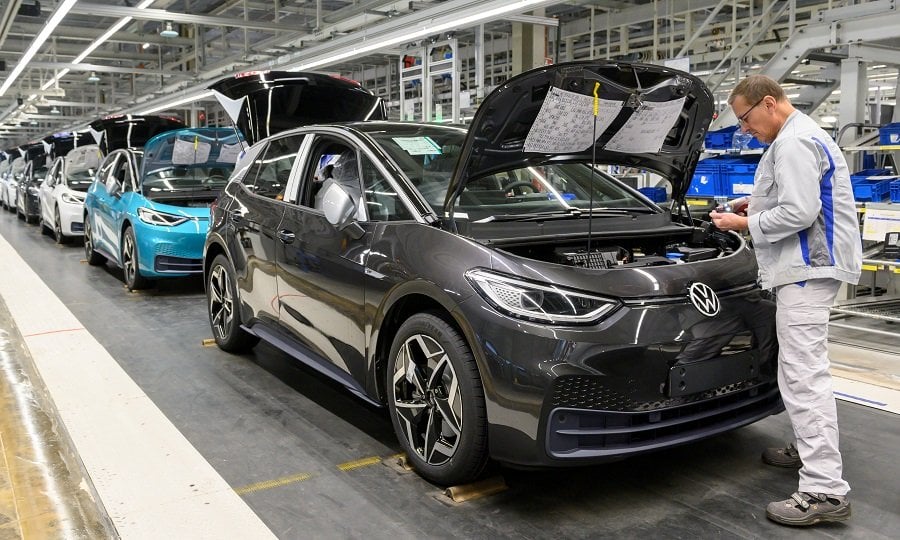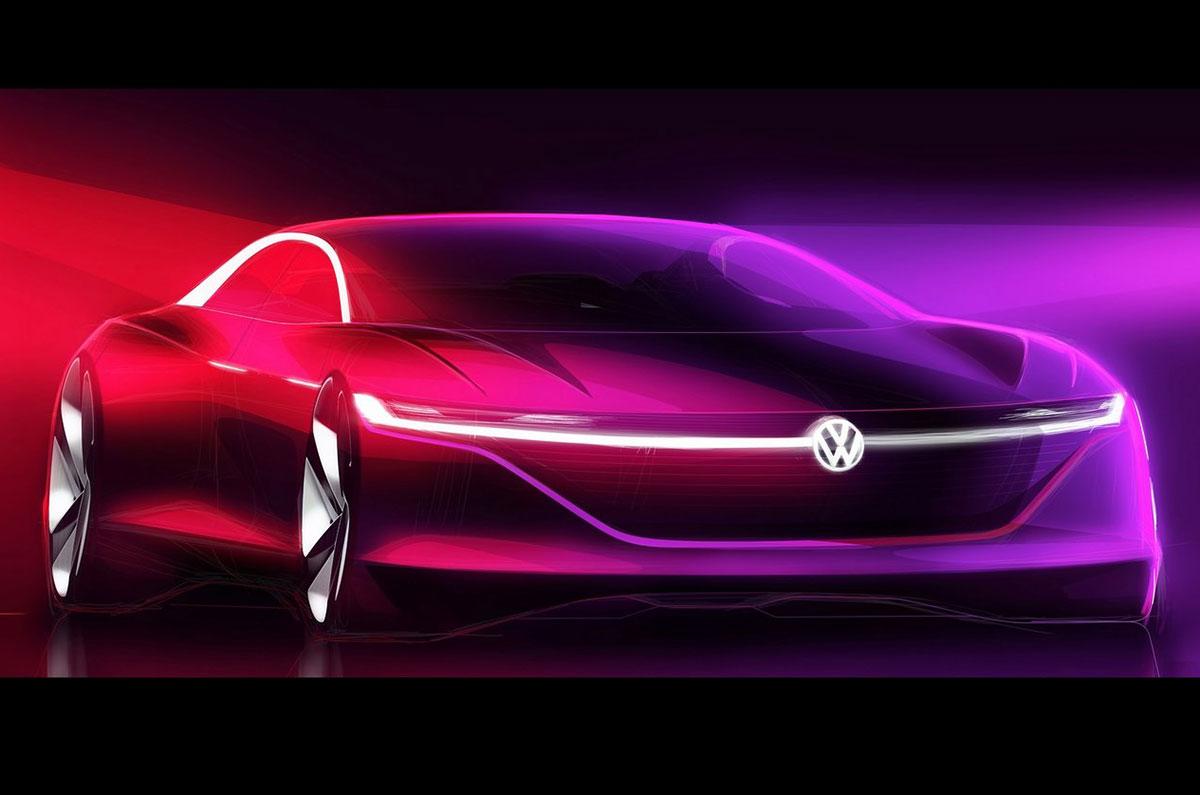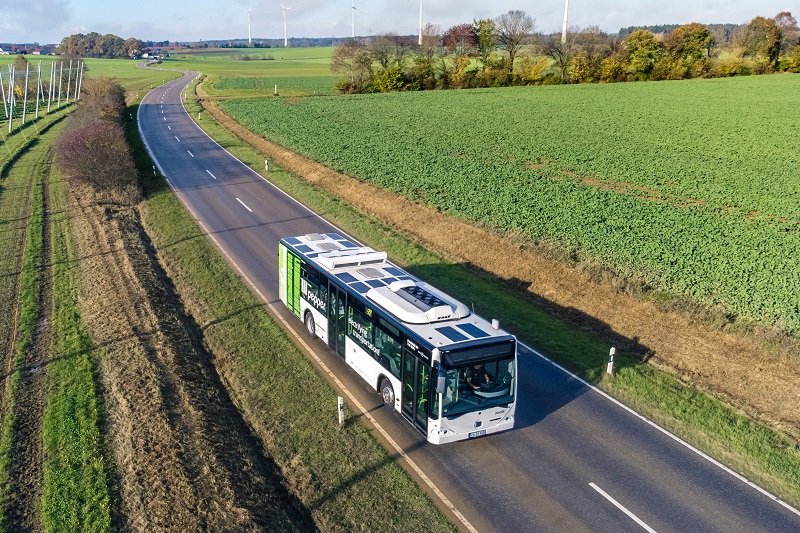The Toyota Prius is an environmentally friendly car that has been produced by Toyota since 1997. For this reason, it is now in its fifth generation, and was officially launched in Europe on November 16, 2022.
In this latest model, Toyota has used the Toyota New Global Architecture (TNGA) platform. The TNGA GA-C platform, which is also used by Toyota’s electric cars today, is claimed to have a lower center of gravity than the previous generation.
Then there are two models that are immediately sold, including the 2.0-liter PHEV and 2.0/1.8-liter HEV versions. To find out the difference between the two, here we summarize.
PHEV 2.0 liter (Plug-in Hybrid)
The 2.0-liter Plug-in Hybrid system promises better acceleration and quieter driving than the previous model.
The PHEV engine combines the well-known high-efficiency Dynamic Force Engine with a lithium-ion battery to produce 164 kW (223 HP) while maintaining fuel efficiency. This type of Prius can go from 0-100 km/h in 6.7 seconds.
HEV 2.0 liter/1.8 liter (Hybrid Electric Vehicle)
The 2.0 liter/1.8 liter HEV Prius uses the latest Series Parallel Hybrid engine which offers responsive acceleration while maintaining fuel efficiency.
That engine has a maximum output of 144 kW (193 HP) for the 2.0 liter version, which is 1.6 times higher than the previous model. The HEV version of the Prius is targeting those who need a car with high stability because it is equipped with the latest E-Four system.
The All New Prius has a panoramic view moonroof that can be fully opened, while the PHEV type is equipped with a second generation solar charging system.

